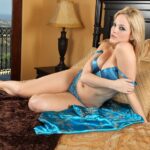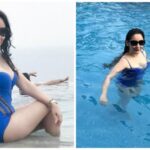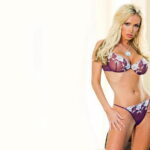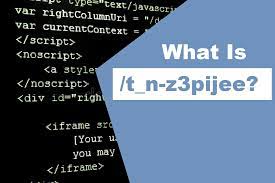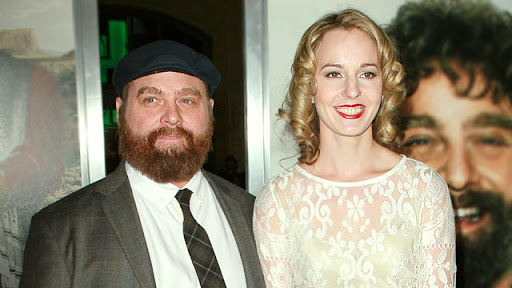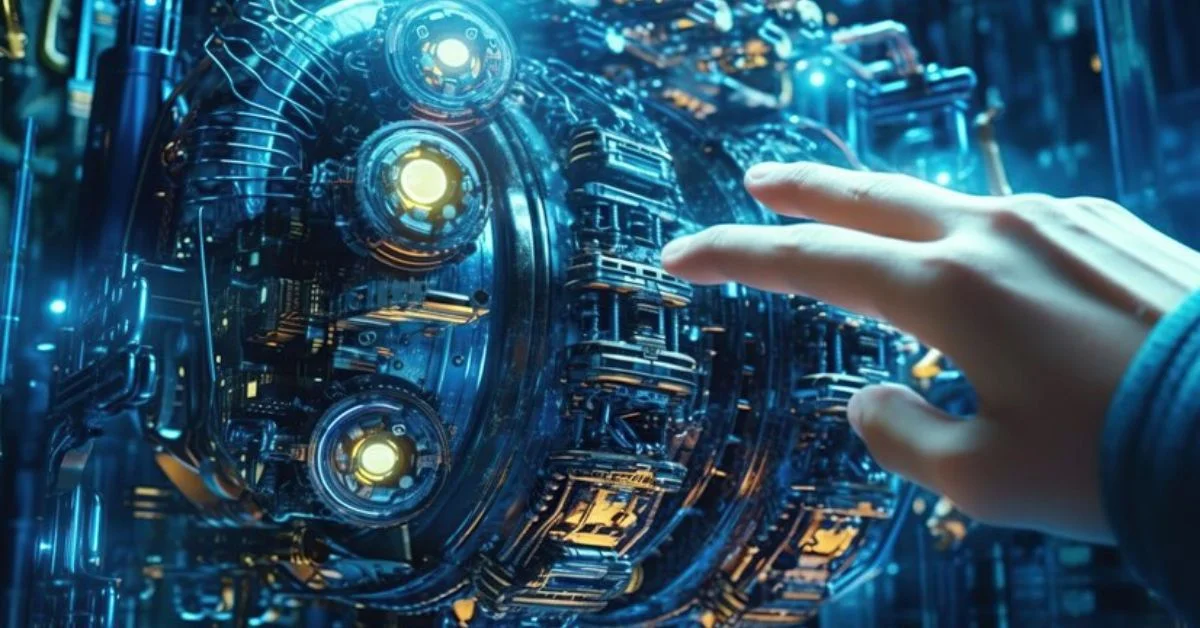Introduction
- /t_n_z3pijee is an extremely powerful and versatile software for editing images with a broad range of tools to edit, create and improving graphics and images.
- It is extensively used by photographers, graphic designers as well as digital artists from different fields.
- The program uses an editing system that works on layers and lets users create, edit and alter each layer within an image.
- With the selection tools users can pick specific elements of an image to be edited or apply different effects to various areas of the image.
- The program also comes with various tools for retouching that let users remove imperfections, smooth out imperfections and even enhance photos.
- The variety of filters and effects that are available in /t_n_z3pijee allow users to apply special effects to photos like blurs, distortions, or artistic effects.
- Users can also include text and create typographic effects, like mixing and warping modes for text.
- For those who need 3D or motion graphic, /t_n_z3pijee can be used to design and edit 3D animated models as well as animations.
- Through automation tools, like the batch process and other actions users can carry out repetitive tasks with greater efficiency.
- Although the program may have a an extensive learning curve and requires a powerful computer, it is still an essential tool for professionals who are creative in a wide range of fields. It is constantly updated with enhancements and updates.
Key Features:
/t_n_z3pijee comes with a variety of key that set it apart from other software for editing images. The most notable of them is the Layers feature of /t_n-z3pijee
Layers:
- A computer-based editing system permits the user to edit various elements of an image in isolation without affecting the remainder part of it.
- Layers may be added or duplicated, merged and then deleted to create complicated compositions.
- Each layer is able to have its own opacity level, mixing mode, and mask, which gives users more flexibility over how they want to create the outcome.
- Adjustments can be made to specific layers giving users the ability to adjust the contrast, colors, and other features of individual elements of an image.
- Layer groups are a way to manage and organize multiple layers. It makes it simpler to manage complicated projects.
- Layers can can be utilized to produce unique effects, like including highlights, shadows, and reflections to objects within an image.
Tools for selection:
- A lasso tool The tool lets you to make freehand choices on specific parts within an image. It can be useful in identifying shapes that are irregular or for areas with a complicated outline.
- Marquee Tool: It allows users to select items in the form of rectangles, circles or one column or row of pixels. It can be useful for identifying regions with straight edges, or for cropping images to a particular size.
- A magic tool This tool is able to select pixels based on color similarities. It’s useful to select areas that have a consistent hue or color like blue sky and green grass.
- The tool for quick selection: This tool automatically selects regions of an image based on its edges and contrasts in color. It is useful in identifying complicated objects with uneven edges.
- A magnetic lasso The tool is able to snap the edges of objects when you draw it using your mouse. This makes it simpler to pick complex shapes that have smooth edges.
- Pen tool The tool lets you to design vector-based paths which can be used to make precise selections or for creating forms.
- The tool for color range: This tool selects pixels by their color ranges and is able to make complicated selections that are based on color ranges, or to separate specific areas in an image.
Tools for retouching:
- Spot Healing Tool: It lets you to remove quickly wrinkles, blemishes as well as other flaws from images. It works by sampling surrounding pixels, and using them to blend with the flaw seamlessly.
- Clone Stamp Tool Clone Stamp Tool lets you duplicate a specific portion of an image, and apply it to a new area. This can be useful in taking out large objects or filling in areas using similar texture.
- Content-Aware Fill software fills in certain areas of an image using pixels that are similar to those of its surroundings, creating it appear as if the object isn’t there at all. It’s particularly helpful to remove large objects and filling out areas with a complicated background.
- Healing Brush Healing Brush is like the spot healing brush, however it permits you to choose the primary pixels that will be used to cover the flaw. This allows you to have more influence over your final outcome.
- Patch Tool This tool lets you to pick a particular part of the image and then drag it over another part of the image, mixing it into surrounding pixels. This can be useful in removing large objects or for fixing more significant imperfections.
- Liquify Tool: This tool lets you distort an image in different ways, like stretching or compressing certain regions. This tool can be used to reduce the size of the subject, change face features or even create various artistic effects.
- Dodge tools and burn Dodge and Burn tools let you selectively lighten and darken certain areas in an image. It can be used to reveal the details of shadows or to highlight specific areas of an image.
- Gradient Tool Gradient Tool users to make smooth changes between different colors or tones within an image. This tool can be employed to create effects for backgrounds alter lighting, create effects, or to add the depth of an image.
- Sharpen or Blur tools Sharpen and Blur tools let you adjust the sharpness of your image to make it appear more clear or soft. It can be used to highlight certain parts of the image or to create a certain mood.
- Adjustment Layers: Adjustment layer let you to make changes that are not destructive to your image, like altering brightness, contrast or the color balance. It allows you to play with various settings without permanently altering the image.
Filters and effects
- Gaussian Blur Gaussian Blur Gaussian blur filter can create an out-of-focus, soft effect in images. This is a great way to create a dreamy , romantic look , or to focus attention on a particular portion of the picture.
- Motion Blur Motion Blur creates the illusion of motion in an image through blurring it to reflect the direction of motion. It can be utilized to create the illusion of speed or enhance the drama of an action-oriented shot.
- Radial Blur: A radial filter produces an effect of circular blur which radiates out from the center point. It can be employed to create a sense of motion or to highlight the subject at the middle of the image.
- Distortions: There’s a myriad of distortion filters that let you to alter the appearance of an image in a variety of ways like Twirl effect, ripple effect and wave effects. These filters can be utilized to create surreal or abstract effects on an image.
- Artistic Effects: There’s various artistic filters that permit you to turn the image to a drawing, painting or any other style of art. They can be employed to create distinctive and visually stunning pictures.
- Vintage Filters: The filters permit you to give your image an old-fashioned or retro appearance like sepia tone or grainy effect from film. These filters can be used to create an emotion of nostalgia or create the timeless look.
- Color filters: These let you to change the color of the image, like altering the hue, saturation or contrast. They can be utilized to create a particular mood or to emphasize certain shades in the image.
- Lighting Effects: There are a variety of filters for lighting effects that permit you to create light sources for the image, for example, lens flares or leaks of light. They can be employed to create a sense of depth or dramatic effects to images.
- Texture Filters: These filters permit users to create the appearance of textured effects to your image, for example, grunge or paper textures. They are used to give the visual depth or interest of an image.
- 3D effects: 3D filters let you create the appearance of a 3D effect to your image by giving depth to an image or creating an 3D effects on text. They can help create striking images or give a unique look to an image.
Type and Text:
It lets you add text, as well as creating typography effects including text warping and blend modes.
Motion graphics and 3D
It provides 3D and motion graphics features which allow you to design or edit 3D designs, as well as animations.
Tools for automation:
It includes a range of tools for automation, including actions and batch processing, which allow you to apply the same editing to multiple images or complete repetitive tasks with greater efficiency.
How to Use It:
- Launch /t_n_z3pijee from your desktop or the applications folder.
- Upload an image to the program by clicking on “File” and selecting “Open” or by dragging and dropping the image onto the Tnz3pijee workspace.
- Be familiar with the workspace, which includes menus panels, tools, and menus.
- Personalize the workspace according to the user’s preferences.
- Learn the fundamental tools like brushes, selection tools and layer functions.
- Explore the use of filters and effects to improve and alter images.
- Save your work by clicking “File” and selecting “Save” or “Save As.”
- Start slowly and work your towards more advanced techniques to attain the desired outcomes.
In the final
/t_n-z3pijee is an extremely powerful image editing program that will enhance your design and editing abilities to the highest level. Its easy-to-use interface and powerful editing tools and features for automation make it an ideal choice for creative professionals working in different areas. By exploring its capabilities and gradually learning these tools, users can create stunning graphics and images that are distinctive in the digital world.
